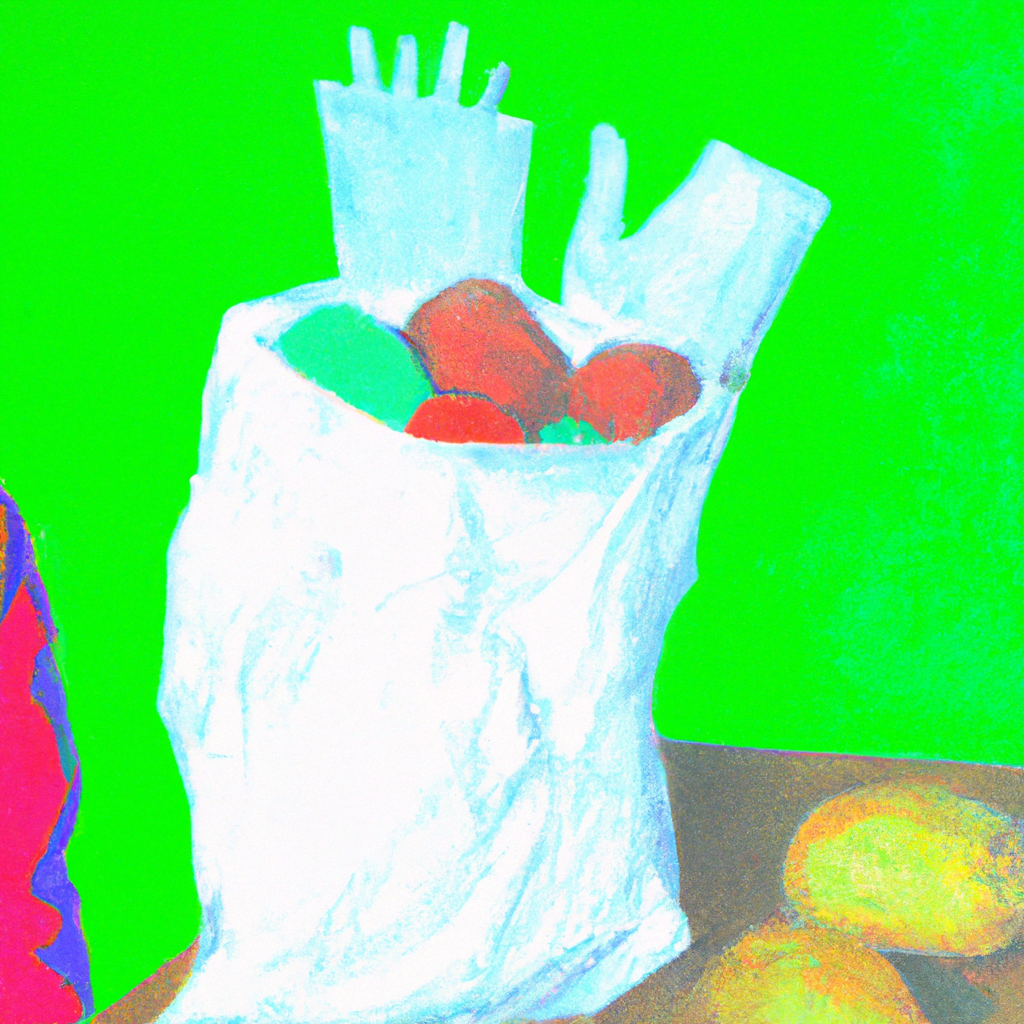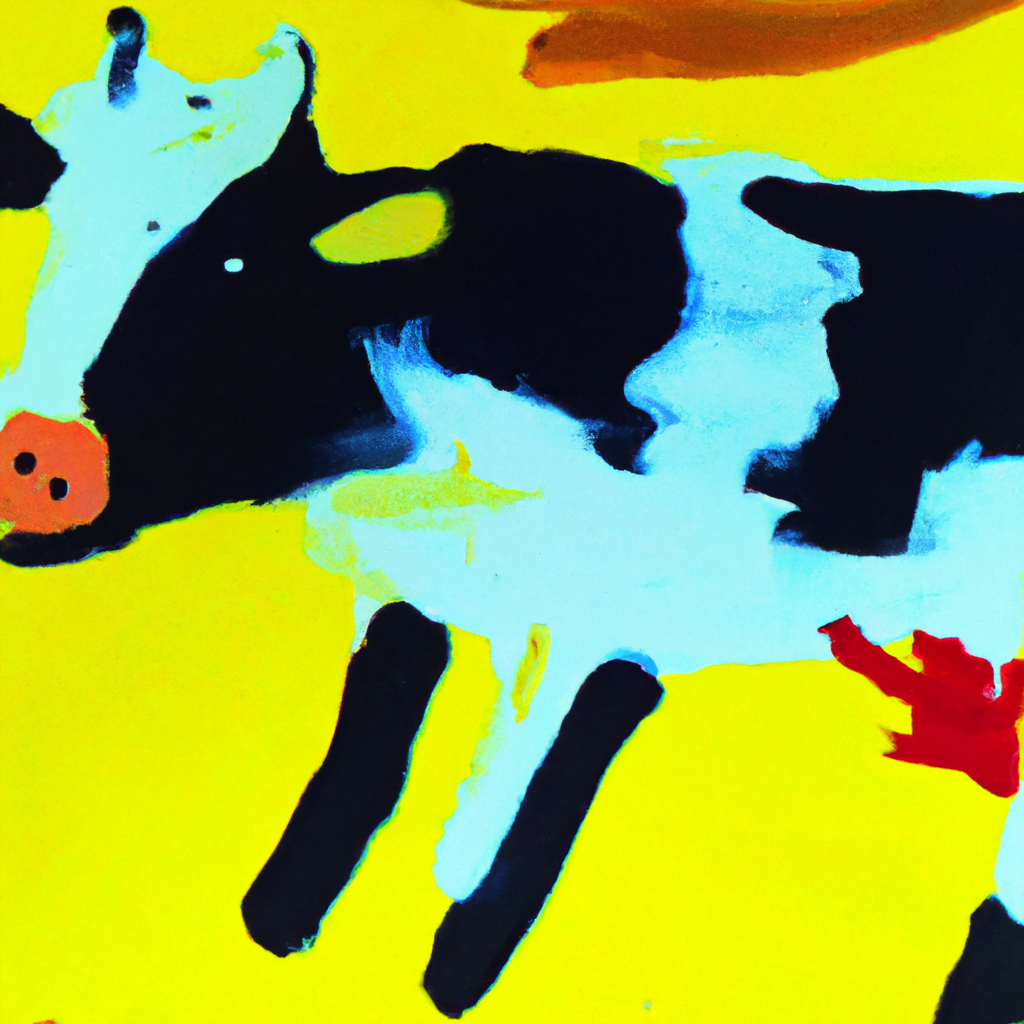
Color Psychology in Packaging: How Colors Influence Consumer Behavior

When it comes to packaging, the design and color choices can make a significant impact on consumer behavior. Colors have the power to evoke emotions, influence moods, and even affect purchasing decisions. In this article, we will explore the concept of color psychology in packaging and how it can be used to create effective packaging designs that resonate with consumers.
The Basics of Color Psychology
Color psychology is the study of how colors affect human behavior and emotions. Different colors can evoke different emotions and moods, and this can be used to influence consumer behavior. For example, red is often associated with passion, excitement, and urgency, while blue is associated with calmness, trust, and reliability.
When it comes to packaging, color psychology can be used to create a specific mood or emotion that resonates with the target audience. For example, a brand targeting children may use bright and playful colors like yellow and orange, while a luxury brand may use more sophisticated colors like black and gold.
The Impact of Color on Consumer Behavior
Color can have a significant impact on consumer behavior, from attracting attention to influencing purchasing decisions. Here are some ways in which color can influence consumer behavior:
- Attention: Bright and bold colors like red and yellow can grab attention and stand out on the shelves. This is why many fast-food chains use these colors in their branding and packaging.
- Perception of Quality: Certain colors like black, gold, and silver are often associated with luxury and high-end products. Using these colors in packaging can create a perception of quality and exclusivity.
- Emotional Response: Colors can evoke different emotions and moods, which can influence purchasing decisions. For example, green is often associated with nature and health, while blue is associated with calmness and relaxation.
- Brand Recognition: Consistent use of colors in branding and packaging can help create brand recognition and loyalty. For example, the iconic red and white Coca-Cola logo is instantly recognizable around the world.
Examples of Color Psychology in Packaging
Let’s take a look at some examples of how color psychology is used in packaging:
Apple
Apple is known for its sleek and minimalist packaging design, which often features a white background and simple product images. This design choice creates a perception of simplicity and sophistication, which is in line with the brand’s overall aesthetic. The use of white also creates a sense of cleanliness and purity, which is important for products like electronics.
Tiffany & Co.
Tiffany & Co. is a luxury brand that is known for its iconic blue packaging. The use of this specific shade of blue creates a perception of exclusivity and sophistication, and is instantly recognizable as a Tiffany product. The blue color also creates a sense of calmness and trust, which is important for a brand that sells high-end jewelry.
Coca-Cola
Coca-Cola is one of the most recognizable brands in the world, and its iconic red and white packaging is a big part of that. The use of red creates a sense of excitement and urgency, which is important for a brand that sells a refreshing and energizing drink. The white background creates a sense of purity and cleanliness, which is important for a product that is consumed.
Conclusion
Color psychology is a powerful tool that can be used to create effective packaging designs that resonate with consumers. By understanding the impact of different colors on human behavior and emotions, brands can create packaging that attracts attention, creates a perception of quality, evokes specific emotions, and creates brand recognition. When used effectively, color psychology can be a key factor in driving consumer behavior and increasing sales.
